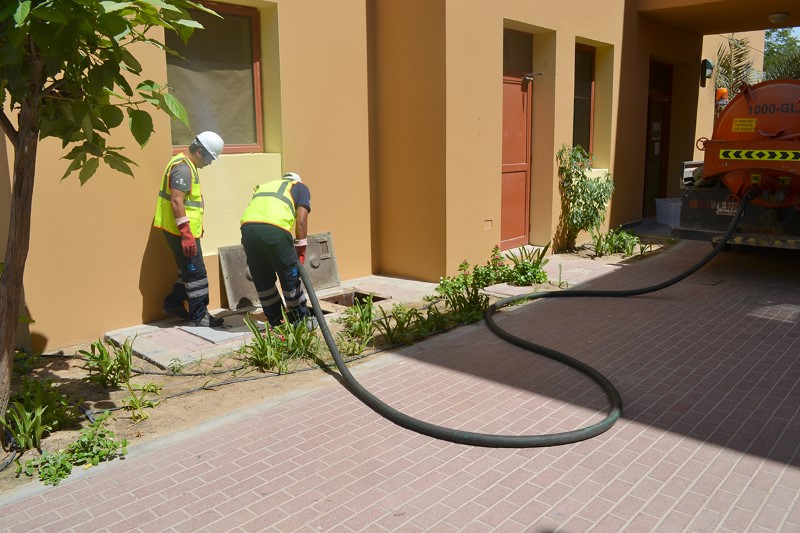
One of the main components of the apartment complex is the grease trap. As you know, every building or establishment that produces or serves food is required by law to install a grease trap in its vicinity. Since the apartment complex is a huge structure that has many kitchens in it, a grease trap large enough should be built outside of the building, underneath the ground. The grease trap collects the grey water and wastewater and takes away the FOG (fats, oils, grease) and solid wastes from the effluent before it flows towards the wastewater treatment facility.
It’s a growing concern that the apartment complex continues to be one of the greatest contributors in the FOG crisis. The US is having problems with FOG overflow in many states and the apartment complex is one of those to be blamed. All residents in the apartment complex should remember that they should take part in taking care of their grease trap. If the grease trap overflows, their health and the environment will suffer.
During and after meal preparation, FOG is dumped into the kitchen sink. Residents assume that having a garbage disposal will help eliminate the grease and the solid wastes that they throw into the kitchen sink. But the truth is that the garbage disposal is merely a grinder for the solid waste materials. If it’s grease, the garbage disposal will only blend it in a way that it just scatters about with the solid wastes. This practice of dumping FOG into the kitchen drains has never changed a lot even with constant reminders from the environmentalists and sanitation officers in the area.
For proper maintenance of the apartment complex grease trap chemicals are always in the front line. It’s easy to conclude that since chemicals are harsh, they could easily melt away the FOG. Think again.
Apartment complex building grease trap chemicals are more harmful than beneficial. They just emulsify the FOG, making it dilute enough to mix in with the wastewater. It then joins the wastewater as it travels through the pipes. Along the way, the FOG cools down and solidify in the pipes. Once the FOG is think and hard enough, it blocks the flow of wastewater. Wastewater and FOG back up into the apartment complex and even enter the surrounding water systems. Take note that when there is wastewater backup, the drinking water is always in danger of contamination. It would be best to buy bottled water for a while when the wastewater backs up in your area.
When apartment complex building grease trap chemicals are used, they also corrode the grease trap’s physical structure. This effect results to the shortening of the grease trap’s and he wastewater facility’s longevity. To prevent things from getting worse for the grease trap and for the apartment complex, apartment complex building grease trap chemicals should not be introduced into the drains. Instead, friendly bacteria should be used.
The process known as bioremediation is the safest method of eliminating unwanted FOG and preventing the worsening of the FOG crisis. The cultured bacteria target and break down the FOG and solid waste materials to produce a clear effluent that flows through the wastewater pipes to reach the wastewater treatment plant. Undesirable odors are also eliminated by bacteria while keeping the environment and everyone’s health safe from contamination and infection. We hope this article covered apartment complex building grease trap chemicals and their effects.
